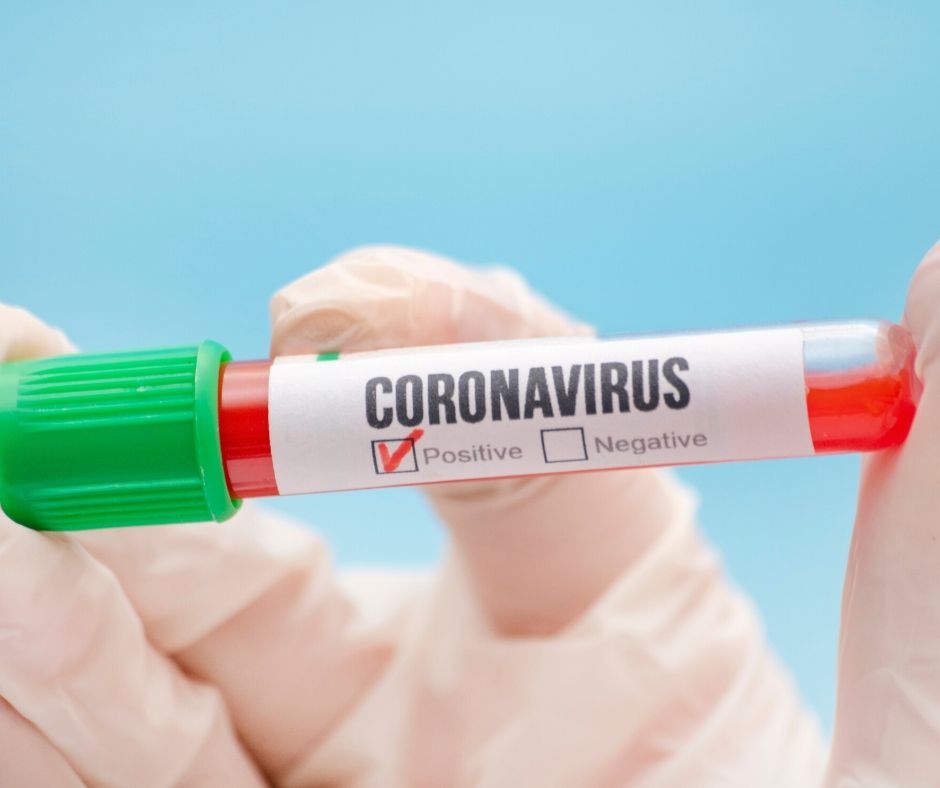
Given the proximity required to provide oral care, dentists and their staff are considered to be at a higher risk of COVID-19 exposure. It is essential that dental practices establish protocols to manage potential exposures ahead, both to minimize the risk as well as take the necessary actions if an exposure occurs. To help dentists prepare, the American Dental Association developed a guide that outlines what steps should be taken when members of a practice may have been exposed.
The guide outlines steps based on a staff member’s exposure risk. For example:
After a staff member has experienced a high risk of exposure:
- The impacted staff member(s) should temporarily stop working for 14 days following the potential exposure. During this time they should self-isolate as much as possible and closely monitor for symptoms of COVID-19.
- If after 14 days they don’t develop any COVID-19-related symptoms, they can return to work
- If a staff member develops symptoms, they should be tested right away.
- If the results are positive, practices should follow the protocols outlined by the CDC, as well as their state and local health departments.
- If results are negative, staff should continue to self-isolate and monitor their health for the remainder of the 14 days before returning to work.
After a staff member has experience a lower risk of exposure:
- The impacted staff member(s) can continue to work while using the appropriate PPE if they do not have a temperature or other common COVID-19 symptoms.
- They should closely monitor their health for 14 days following the potential exposure.
- If a staff member develops any symptoms that may be related to COVID-19, they should stop working immediately and get tested.
- If the results are positive, practices should follow the protocols outlined by the CDC as well as their state and local public health departments.
- If the results are negative, and their symptoms resolve, staff can continue to work while monitoring their health for the remainder of the 14 days.
For additional information on how to manage staff who develop COVID-19, visit ADA.org/virus.
Utilizing the recommended PPE and implementing additional safety protocols at your office can help reduce the likelihood of an exposure. Virtual care can also help protect dentists, their staff and other patients, allowing practices to screen patients for COVID-19 risk and any symptoms before they come in for their appointment. Virtual care services, including triaging appointment requests and conducting COVID-19 screenings doesn’t have to be complicated or costly. These services are often eligible for reimbursement by most commercial insurance plans, which can bring in additional revenue for your practice while increasing your safety. For more information on virtual care and how to get started, visit:
https://independent-ds.com/is-virtual-care-part-of-your-re-open-plan-heres-why-it-should-be/
Leave a Reply